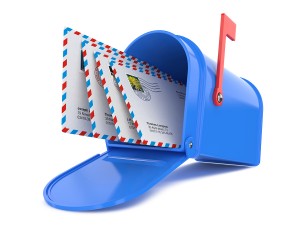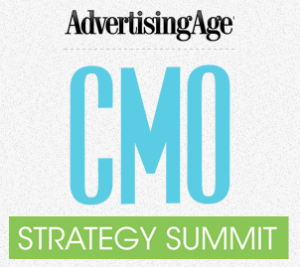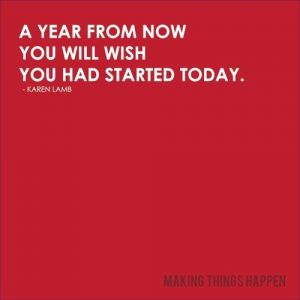Don’t forget the marketing basics
March 30, 2015
 It’s so easy to be mesmerized by all the marketing technology around us and forget about the marketing basics. But whether you’re executing a traditional campaign or a digital one — the marketing basics matter.
It’s so easy to be mesmerized by all the marketing technology around us and forget about the marketing basics. But whether you’re executing a traditional campaign or a digital one — the marketing basics matter.
My Italian grandma (who provided many marketing tips via this series) spent most of her time in the kitchen. I remember sitting at the table, watching her work her magic and her reaching for a huge jar of oregano. As she pointed the jar at me, she said, “You always need to keep the basics in stock. And no matter how fancy you’re getting, the basics still matter.”
I remember her words when I’m trying to re-create her spaghetti sauce and I remember those same words when working with clients. Because she was right. No matter how fancy we get — we need to keep reaching for the basics.
Sometimes we all get so caught up in what is the hottest, latest, and most buzzed about marketing fad that we lose sight of the cornerstone principles that make advertising and marketing work.
Here are some marketing basics that will always matter:
One ad/tactic – one message: Most people have a tendency to want to shove many marketing messages into a single ad out of fear that they might never get another shot at the audience. Of course we know that if the ad is ineffective – it’s a self-fulfilling prophecy of sorts.
Regardless of what marketing tactic you’re using – ask yourself this question: if someone could only remember one thing from this – what would I want them to retain? Now – write to emphasize that one point and nothing more.
You can’t time marketing: Just like the sage advice about investing – you should give up any hope of being able to accurately time your marketing. Very few businesses can predict with even a modicum of certainty when someone is going to become a customer.
Just like dollar cost averaging – you need to be making regular, consistent marketing “deposits” so that whenever the market rises/a prospect is ready to buy – you’re there and top of mind.
You need a plan and a budget: You cannot consistently market your business the way you need to without a plan and a budget. It does not happen by accident or happy coincidence. At best, you’re going to be hit or miss with your efforts. A plan helps you stay on course, even when you’re short-handed or swamped. For too many businesses, marketing is what they do when things get quiet or they lose a client.
Here’s a test that will tell you a great deal about your marketing. When you are crazy busy and couldn’t take another customer that day if you tried – are you still out there marketing? If your answer is no, then you either don’t have a marketing plan or you aren’t following the one you have.
Without a budget, you can’t really have an actual, executable plan. Let’s face it, if you had a million dollars – your marketing plan would look markedly different than a $5,000 one would look.
Your current customers need to be a primary audience: Everyone’s quick to chase after the potential customer and those new dollars. But what most marketers lose sight of is the fact that a good chunk of their new revenue should be coming from existing customers. Marketing plans are typically thin in several areas and the percentage of dollars and effort earmarked for current customers is almost always one of them.
We all know it’s a lot easier to get someone to buy for a second or third (or tenth) time than it is to get them to buy for the first time. And yet, we spend the majority of our time and money chasing after the toughest sale, not the easiest one.
Keep these marketing basics in play and watch your marketing efforts get stronger and deliver better results. My grandma knew what she was talking about!
More

 Who would have thought it?
Who would have thought it? 


 AdAge
AdAge





